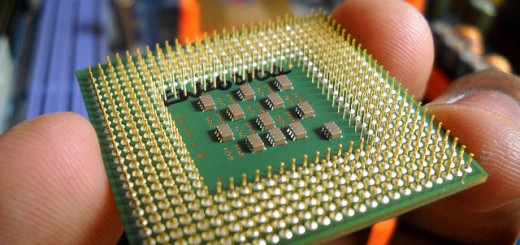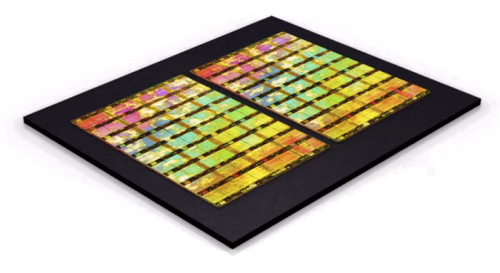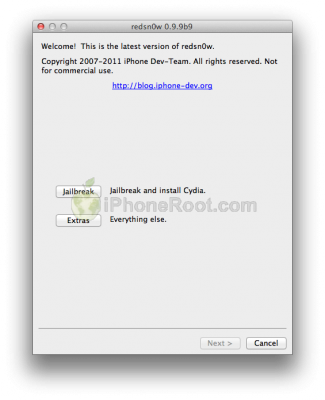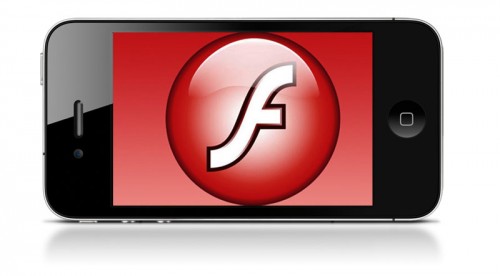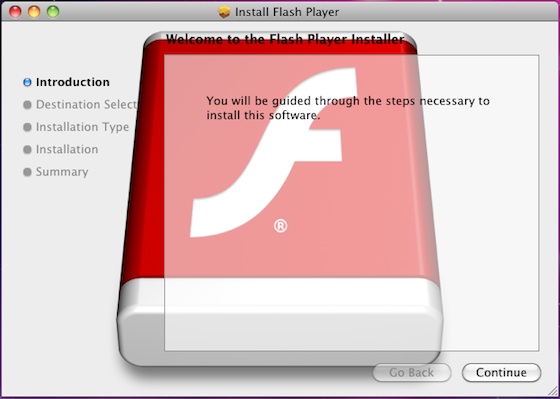News tagged ‘Flash’
MacBook Pros Will Adopt MacBook Air Form Factor This Year?
Mockup of MacBook Air design covering full range of notebook sizes
Last year it was reported that Apple is working on a redesigned ultra-thin 15-inch Mac notebook which was expected to launch by the end of 2011. But the company apparently elected to delay its release and wait for the launch of Intel’s Ivy Bridge platform in 2012 to include it in its new models.
AppleInsider now citing people familiar with Apple’s plans that the company is preparing to release revamped MacBook Pro lineup sometimes this year. The full range of MacBook Pros will adopt the design aesthetic of increasingly popular MacBook Airs. According to the report, the existing MacBook Pro designs will be phased out over the course of 2012. However it is unclear yet whether the new notebooks will market as a next-generation MacBook Air or MacBook Pro.
Apple Offers Stripped-Down 13" MacBook Air Package To Educational Institutions
Apple has begun to offer a cheaper 13-inch MacBook Air to educational institutions buying in bulk, replacing the two-year offering of white plastic MacBooks, which was recently discontinued. The sales of white MacBook were discontinued by the company back in July of 2011.
Apple Is Looking To Open R&D Center In Haifa, Israel
Following Apple’s acquisition of Israeli flash memory company Anobit, an Israeli business newspaper Calcalist that Apple wants to open a research center near Haifa city by the end of February. Reportedly the facility is located at the south of the Haifa city, in the neighborhood of Microsoft, Philips and Intel, who also have research centers there.
Mac platform faced 58 malware threats from Q2 to Q4 2011
Security lab F-Secure released its 2011 Mac Malware Summary earlier this week, noting that Mac OS X platform endured 58 separate malware attacks from April 2011 to December 2011. Of course, this numbers couldn’t be compared with multiply attacks that Microsoft's Windows operating system experienced over the same period.
The firm counted only unique variants of malware that occurred during the second, third and fourth quarters of 2011. "We prefer a more conservative approach when counting malware. The more generic and family based, the better," the report noted.
Apple confirms purchase of flash memory company Anobit
Apple’s spokesman Steve Dowling confirmed on Tuesday that the company recently purchased Anobit Technologies, an Israel-based flash memory component maker, though it declined to reveal the cost of the deal. “Apple buys smaller technology companies from time to time and we generally do not discuss our purpose or plans,” Steve Dowling added. As far as we remember Apple planned to spend for acquisition of the company as much as $500 million. According to a Hebrew-language newspaper, the deal was finalized in December.
Apple already uses Anobit parts in its iOS devices and the MacBook Air, and the firm's proprietary "Memory Signal Processing" (MSP) technology reportedly attracted the Cupertino, Calif., company's interest. Anobit claims MSP can improve the reliability, performance, efficiency and endurance of flash memory.
Report of Hands-On with iPad 3 Rear Shell and Other Components
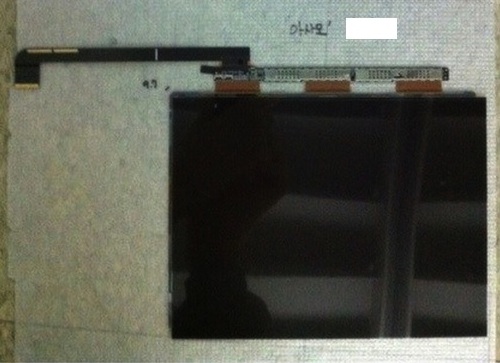
Last week iLounge reported that the next-generation iPad would receive improved cameras and today the site has reported that it has viewed what appear to be at least prototype parts for the device, including the rear shell and front glass bezel. The parts seem to corroborate iLounge's earlier claims of an almost imperceptibly thicker body and an upgraded iPhone-like rear camera.
The new iPad’s body is so slightly thicker than the iPad 2 that the change is unnoticeable on first inspection; a roughly 1mm increase will barely be perceptible to users. We’ve heard that the only accessories that might have issues are cases, and then, only cases that were precisely contoured to fit the iPad 2’s back. On the rear, the camera in the upper left corner has become bigger—noticeably so when placed alongside the iPad 2, but not so huge that anyone would think they were different at a distance. The new camera hole is silver-ringed, and does in fact look the same size as the iPhone 4S’s much-improved rear camera system, minus the LED flash.
Apple reportedly closes Anobit purchase for $400M to $500M
According to Hebrew-language newspaper Calcalist, Apple finalized its acquisition of flash memory maker Anobit, which is said to have been recently informed their employees about the finalized deal. The final price remains unknown, but could be in between $400 million and $500 million.
The reported goal of Apple's acquisition of Anobit is to increase the amount of memory in its portable devices, like the iPhone, iPad and MacBook Air, as well as to improve the reliability of solid-state memory. Apple is now expected to build a development center in Haifa, where Intel, Google, Microsoft, Yahoo and Qualcomm also have facilities. The Anobit purchase is believed to be the first acquisition for Apple with Tim Cook as CEO.
Anobit is a 200-employee Israeli fabless semiconductor company that specializes in flash storage. Anobit has about 100 pending and granted patents, and was first founded in 2006. Apple is said to be particularly interested in the company's proprietary memory signal processing technology and planning to build a semiconductor development center in Israel.
RedSn0w 0.9.9b9b released: now fully supports iOS 5.0.1 and SHSH/APTickets
iPhone Dev-Team released RedSn0w 0.9.9b9 with full iOS 5.0.1 support (no need to point to iOS 5.0 any more). New version also features support for SHSH and APTickets:
- native support for 5.0.1 (no need to point redsn0w at 5.0 IPSW or use command-line args). Support automatically extends to all of redsn0w’s various functions: “Jailbreak”, “Just boot”, “Fetch blobs”, “Stitch blobs”, “Recovery Fix”
- iBooks fixed in 5.0 and 5.0.1. This is a targeted fix that doesn’t remove entire sandbox mechanism. 5.x users already using redsn0w “Just Boot” can just use the new version without redoing entire jailbreak again
- 3GS old-bootrom owners can now create custom IPSWs without blobs
- ultrasn0w compatability update (i.e. same baseband requirements) for 5.0.1 will be available on Cydia Monday
- support for newer 8GB iPhone4 (which until now had problems with “Fetch blobs”). Thanks to @JKjeepnJeff for loaning us one of these newer i4 units for testing!
- allows Windows users (not just OS X users) to use the “Custom” button to create IPSWs without baseband updates. (Update: please wait for 0.9.9b9b for this!)
- accommodates APTickets in 5.x (until next Apple countermove). APTickets are crypto-verified before submitting to Cydia, just like the main blobs. Cydia server support for sending back the APTickets is upcoming. For now, use stitched IPSWs for 5.x. Due to APTickets, stitched 5.x IPSWs now require user to start in “Pwned DFU” mode
- Support added for stitching 4.x blobs to iPad2-GSM IPSWs. Similar to @notcom’s TinyCFW but doesn’t require lots of RAM or a TSS-assisted restore. Won’t work for iPad2 5.x blobs (or iPhone4S at all) until a bootrom-level exploit is out
- top line now shows whether (and where) a redsn0w update is available, or if the version being run is the latest. Uses DNS TXT record to alleviate any concerns about snooping
- no 5.1 beta support at this time (major apps like Cydia are not yet compatible)
- @pod2g has been doing a great job porting his 5.x untether…check for updates!
- Owners of newer 3GS iPhones must not flash the iPad baseband. The iPad baseband will not work on 3GS iPhones built later than 2011 week 35. You have a week 35 or later device if your serial # starts with xx135.
Update #17b: Version 0.9.9b9b enables the “Custom” button for Windows users, and make the 3GS week 35 warning a more explicit part of the process.
You can download RedSn0w 0.9.9b9b here.
UPDATE: redsn0w updated to redsn0w 0.9.9b9d.
Read the rest of this entry »
 Leave a comment, read comments [24]
Leave a comment, read comments [24]
Apple to Build Semiconductor R&D Center in Israel
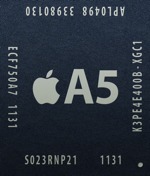
The resent rumors suggesting that Apple may purchase Israeli firm Anobit, nudge that Apple plans to set up its first research and development center outside of its Cupertino headquarters.
Sources inform "Globes" that Apple Inc. has decided to open a development center in Israel focusing on semiconductors. The decision was taken even before the company entered into talks to acquire Herzliya-based flash storage solutions provider Anobit Ltd..
Apple has hired Aharon Aharon, a veteran player in Israel's high tech industry, to lead the new development center.
[...]
HowTo unlock iPhone 3GS and iPhone 4 with iOS 5.0.1
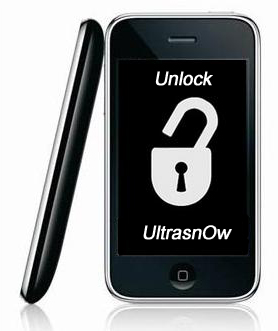
UPDATE: ultrasn0w for iOS 5.0.1 released.
This tutorial is for those users of locked iPhone 3GS and iPhone 4, who updated to iOS 5.0.1 and realized that ultrasn0w unlock doesn't work there.
Indeed DevTeam have not updated software unlock utility ultrasn0w to work with the latest iOS 5.0.1. There are two workarounds, that will make ultrasn0w work on 5.0.1.
 Leave a comment, read comments [41]
Leave a comment, read comments [41]
iDownloadblog Compared Apple’s iPad 2 And Amazon’s Kindle Fire
After Amazon put its Kindle Fire on sale, one question arose: Which tablet is faster, iPad or Kindle Fire? Wanting to figure it out, iDownloadblog the two devices with each other.
Adobe manager puts partial blame on Apple for mobile Flash failure
Mike Chambers, Principal Product Manager at Adobe, blames Apple of halting development of the Flash Player for mobile devices, because Apple refused to support Flash on its iOS devices. As he clarified, Adobe will support existing versions of Flash Player for mobile devices, and concentrate on HTML 5 technology.
"Considering how politically charged the issue has been, the decision to stop development of the Flash Player for Mobile Browsers was not an easy decision. However, at the end of the day, there were a number of items that made it clear that putting resources towards its continued development would not be the best use of resources," he wrote.
Sn0wBreeze 2.8b11 Released to Jailbreak iOS 5.0.1
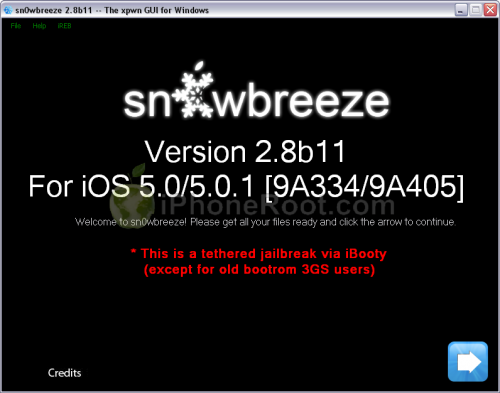
iH8Sn0w has released Sn0wBreeze 2.8b11 with support of recently released iOS 5.0.1 firmware.
As usual the jailbreak is semi-tethered for iPhone 4, iPad, iPhone 3GS with new bootrom, iPad Touch 3G, iPod Touch 4G and untethered for iPhone 3GS with old bootrom.
Sn0wBreeze 2.8b11 will create a custom firmware with jailbreak and preserve modem version for unlock. Unlockers will also be able to flash 06.15 iPad modem for unlock.
You can download Sn0wBreeze 2.8b11 here.

Here are our step-by-step tutorials that will guide you through all the process of jailbreaking iOS 5.0.1 with sn0wbreeze 2.8b11:
Other tutorials are available here.
 Leave a comment, read comments [7]
Leave a comment, read comments [7]
iPhone 4S Component Costs Once Again Begin at About $188
We have already seen some teardowns and estimates of the cost of the new iPhone 4S by iFixit and Chipworks. Now iSuppli offers its teardown and some new facts.
In the case of the iPhone 4S, [IHS iSuppli analyst Andrew] Rassweiler estimates that the BOM cost ranges from $188 for the 16 gigabyte version of the iPhone 4S to $207 for the 32GB version and $245 for the 64GB version. Apple and its carrier partners sell the phones for $199, $299 and $399 respectively, typically with a two-year contract for wireless service that carriers use to subsidize the cost they pay Apple.
iSuppli didn’t find in the iPhone 4S a noise cancellation chip from Audience that was found in the iPhone 4. Such function may be implemented directly into A5 cheap that costs about $15. While iFixit found Toshiba flash memory in its iPhone 4S unit, IHS iSuppli expressed some surprise at finding Hynix memory in its unit. But as far as we know, Apple sources flash memory chips from different manufactures. They didn’t managed to find the manufacturer of the camera sensor, but estimated the cost of the camera module at $17.60.
Modified Trojan Disables Auto-updating Function Of Anti-Malware Tools In OS X
Last month it was reported that a new trojan known as Flashback.A has appeared and masqueraded as a Flash Player installer. Though Apple has continuously updated its XProtect.plist to detect this malware, security firm F-Secure has (via ) that a modified version of the trojan horse that disables the auto-updating function of Apple’s anti-malware tools has surfaced.


